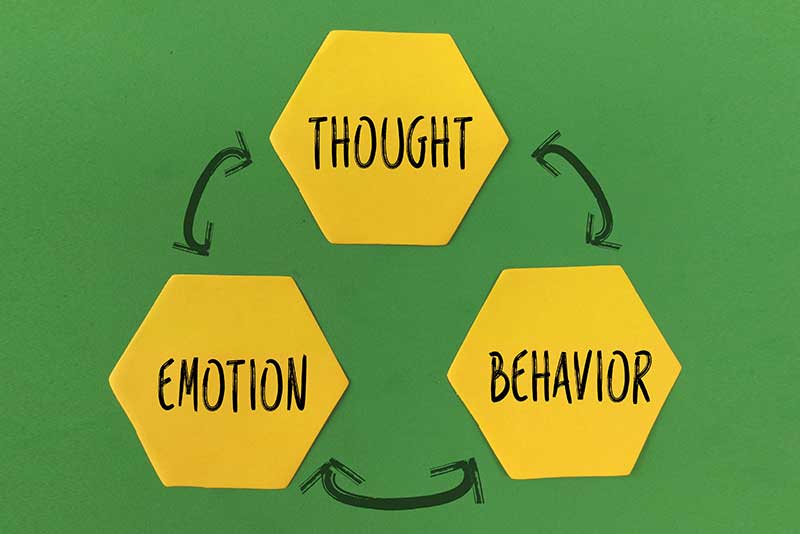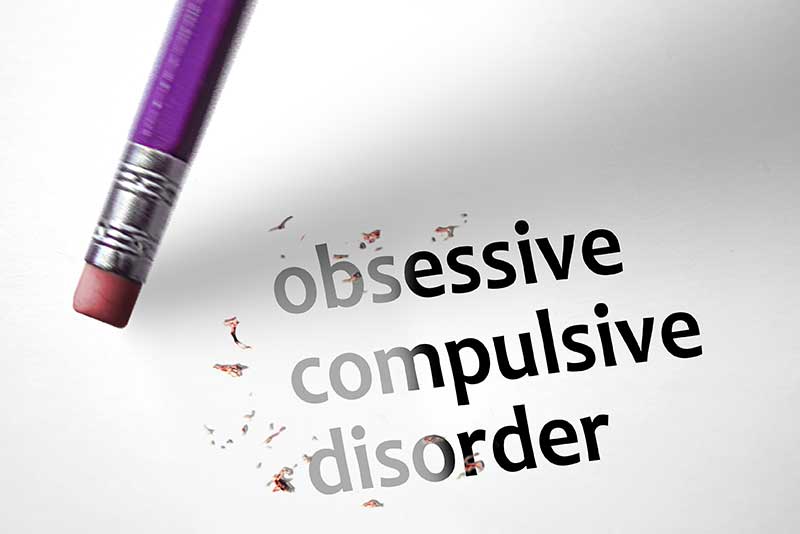Over time, many researchers have tried to develop interactive and inert ways to curb mental illnesses and improve mental health.
Although science has allowed us to develop certain psychiatric medicines, sometimes medication alone cannot treat all problems. Drugs may act on the symptoms and make them disappear, but the root causes need therapy for “true” progress.
It is where Cognitive Behavioral Therapy techniques comes into the scene. It’s a therapeutic process used by practitioners all over the world.
This article will discuss CBT in detail; we will also go through 9 CBT techniques for depression and other mental problems.
What is CBT?
Cognitive Behavioral Therapy is a particular form of psychotherapy practiced by professional therapists to relieve stress and treat various psychiatric problems. However, to address the specific reason for anxiety and trouble with emotions, therapists use this “talk therapy” to dive deeper into the situation.
CBT techniques helps in finding the underlying root cause of mental problems. It also helps to provide a clear insight into a person’s mind. All human beings are unique. Each person has a different vision.
Hence, carefully understanding a problem’s dynamics and intensity is essential. CBT helps us diagnose psychiatric pain in the best possible way and provide measures to treat it.
Origin of CBT
Cognitive Behavioral Therapy began at the University of Pennsylvania in the 1960s under Aaron T. Beck, also known as the father of CBT. However, the roots of this therapy can be traced back to as early as the 1910s.
CBT started to grow in the 70s as it showed satisfactory results. As time has passed, the therapy method has improved, and so has its effectiveness.
Cognitive Behavioral Therapy Techniques
Now that we know a little about CBT let’s explore a few techniques to see how CBT works in real life –
1. Relaxed breathing

It’s as simple as it sounds, but its effectiveness is mind-blowing. This cognitive behavioral therapy exercise asks you to sit calmly and follow a specific breathing process which will cleanse your mind and help you understand the pattern of your thoughts.
One of the most common techniques is inhaling and exhaling slowly while sitting in a padmasana position with a straight stature.
Some experts also ask to use muscle relaxation and contraction techniques or guided imagery synchronizing with relaxed breathing to ease stress and reduce toxic thoughts.
2. Guided visualization

This technique is very effective in increasing the self-confidence of people. However, stress and mental sickness are common culprits that harm self-esteem.
Guided visualization performed by experts can help you feel certain emotional connections with yourself that you had no idea about. Also, it allows you to face hypothetical and challenging situations to check how one would react.
Guided visualization is gaining new perspectives as it challenges your belief system and allows you to see things differently.
3. Unraveling Cognitive Distortions
Simply put, cognitive distortions are biased perspectives that we develop over time. Therefore, cognitive distortions can be very harmful and deplete one’s mental health levels if proper action is not taken.
A few common distortions are as follows :
- All-or-nothing thinking
- Overgeneralization
- Disqualifying the positive
- Jumping to conclusions
- Always being right
Try to look for these distortions in yourself. Look closely within yourself for evidence. If you feel you have any of the above-mentioned cognitive distortions, try to rectify them. If it feels tough to make a change, consult an expert.
4. Cognitive restructuring

As the name suggests, this technique requires a total makeover or reframing of thinking.
External stressors and mundane life can increase the flow of negative thoughts in one’s head.
In this scenario, a therapist may ask you to find the origin of your negative thoughts and regroup it optimistically.
E.g. – If you’ve performed poorly in an examination and you think, “I am worthless,” it can go around and become, “It wasn’t my day but I can work hard and turn things around the next time.”
5. Successive Approximation
One can get a negative or demotivating feeling when given a difficult task. Successive Approximation is a CBT technique that helps to break an overwhelming task into small workable steps.
As each step gets completed, one gains the confidence to carry on with the next.
6. Introspective exposure

This technique benefits patients with OCD (Obsessive-compulsive disorder) and panic disorders.
Experienced therapists introduce a stimulus or make the patient revisit a tense or uncomfortable situation.
The main objective of this technique is to build one’s confidence associated with the symptoms of the problem so that, over time, the throbbing sensation in a strenuous situation is minimized.
E.g. – If you get a fastened heart rate when you get anxious or nervous, the therapist may ask you to run on a treadmill for a minute or do a heightened breathing exercise. This will rewire your brain and reduce the connection between fastened heartbeat and anxiety.
7. Making a schedule
Humans are emotional beings who can get influenced by anxiety and fear of a task. Therefore, an activity schedule is an effortless but helpful technique that can construct positive behavior in one.
If you create a schedule of a set of tasks, you psychologically give yourself a fixed time frame. It will allow you to stay disciplined during the execution process and save time for organizing.
Note: The goal should be realistic and specific.
8. Journaling

Sometimes we aren’t able to put our emotions right away on the table. Journaling can help an expert judge a person’s thought process quickly.
Many experts ask their patients to write down every negative thought they feel. In this manner, they can check on a patient’s journal to track their improvement over time.
Additionally, writing down cherishable moments allows us to capture those specific moments. During hard times one can always go back and drive motivation from there too.
9. Role Playing

Role-playing allows one to face tremendously difficult situations without actually meeting them. In addition, playing out complex roles can help one boost confidence and coping skills.
Additionally, role-playing a probable future condition mentally seasons one and allows one to gain familiarity with the stressful and troubling situation. Finally, role-playing also enhances one’s problem-solving and communication skills.
Conclusion
CBT exercises allow one to look at things differently. Our minds are very adaptive. They’ll run the way one will want them to.
On the other hand, daily stress and hackles force us to become pessimists and rude at some point. CBT is beneficial for mental health because it helps one unwind and think peacefully.
CBT techniques change the way you think and hence change how you feel.
Watch this Video For More Details:

Anjani Kumar Shrivastava, a distinguished yoga expert with decades of experience, brings healing and wisdom through yoga therapy, meditation, and Ayurvedic principles. His remarkable Read more


